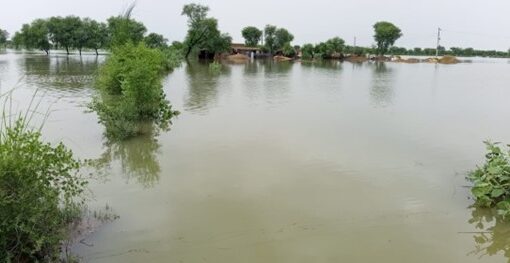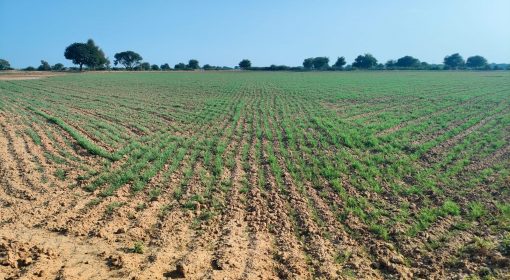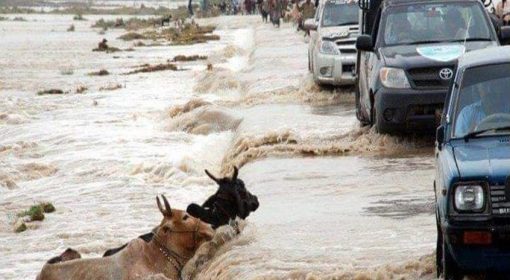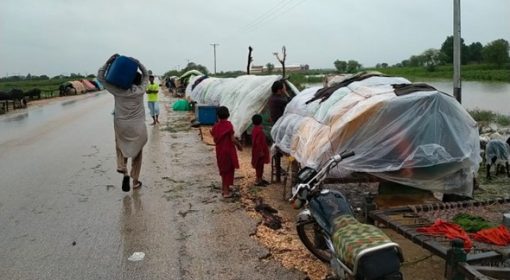By Abraham Mehari, Dennis van Peppen and Frank van Steenbergen
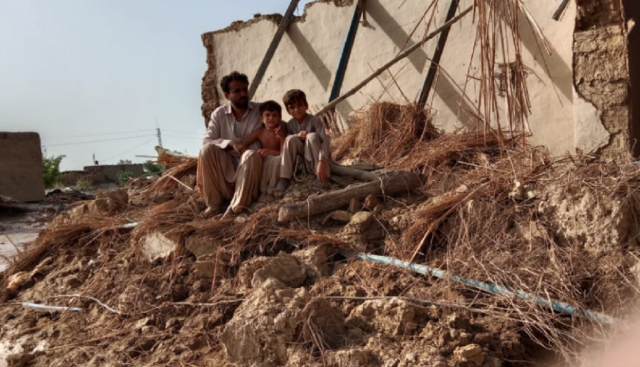
The floods that hit Pakistan in August-September 2022 were overwhelming. In Balochistan they gradually covered large part of the Province, first in the highlands where they destroyed houses and roads, but then moving on to the lowlands, streams combining into ever larger streams, ending up at the massive Kachhi Plains, setting an entire area of more than 600 square kilometer under water. The inundation lasted for from few to several weeks, depending on the level of the land, the permeability of the soils or whether floods were blocked by roads and canal infrastructure. The flood took lives, swept away livestock, destroyed houses, infrastructure, and contaminated drinking water sources.
The 2022 flood was not the first flood nor the last one. Floods have been coming to Pakistan, with seemingly increased frequency. We have witnessed three kinds: riverine, hill torrent and pluvial. It is the hill torrential floods that affect Balochistan: heavy rainfall in the arid barren landscape transforming into unmanageable floods.
How was the response to the 2022 floods – was it sufficient? What can we learn? And is there apart from providing relief a bigger picture of preparedness or anticipatory action, so that the floods do not come as a surprise and even that part of their impact is mitigated. A frank discussion was held in Quetta with organizations involved in the flood response operations in Balochistan: government organization NGOs, UN organizations and some funders. Several persons from the flood affected areas attended – all in all, 23 frontline people. Here are the highlights of the discussion:
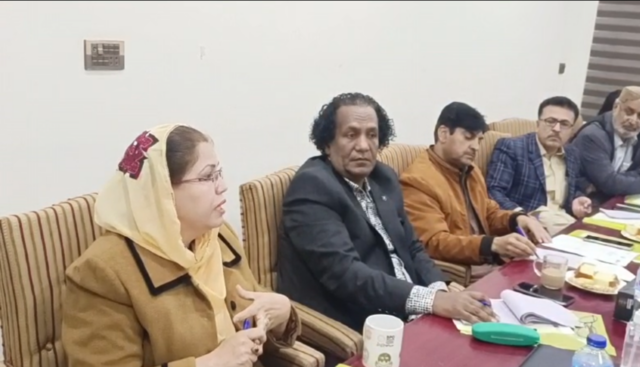
- What was provided was mainly relief. – very necessary to help those in severe distress to get through the shock and misery. But there was less eye for the recovery, at that what comes after relief has been provided: how to rebuild lives and livelihoods that were destroyed, preferably even building them back better, better prepared for future floods. There was some partial support in restoring drinking water systems and other vital infrastructure, through loans from multilateral banks. But in general preparedness for new floods has been very limited – every disaster is a new challenge. So far, there has been no preparation in terms of creating more awareness or organizing special drills, or in keeping emergency provisions ready. Nor has there been much attention in building more flood resilience – adjusting management systems and infrastructure so that they can deal with flood hazard events and minimize their impact. Flood preparedness and flood resilience is not part of policy and practice. A complete shift is needed.
- For several organizations relief is a main occupation. It is an important part of what they do, and it is an important thing to do. They respond to the immediate needs following a disaster and manage the influx of financial resources. But they have less skills and knowledge to systematically work on recovery and resilience. They deliver in response to the immediate individual misery but work less with and for people and communities’ own resilience and capacity to prepare. Flood response is, as one person put it, ‘target-oriented, not objective-oriented’.
- Coordination comes at a price. The Provincial Disaster Management Authority is coordinating the relief efforts of government and non-government organizations. However, this coordination comes at a price of delay when quick action is most needed. No-objection clearance for civil society organizations ready to start operations take more time and hassle than desirable in emergency situations. It would make more sense to have blanket approvals, that are automatically triggered when the emergency arrives and to treat relief operations as going concerns.
- The final point from the discussion was that recovery does not happen for all. In fact, the bounce back is far from perfect. Though some families take benefit from the flood by growing crops on the inundated land, this advantage goes to the richer people. These richer people either own most of the land or manage to have control over the public land. Poor people are also far less able to mobilize private resources such as seeds and traction power to quickly grow a crop on the flooded land. Many relatively poor people did not recover from earlier devastating floods, such as the floods of 2010. They lost houses, livelihoods, and assets such as livestock, and they did not have the strength to recover these and rebuild. We use the words resilience and recovery lightly: it is not a reality for everyone.
This discussion and its report took place under auspices of the Dutch Risk Reduction and Surge Support program (DRRS) of RVO, The Netherlands Enterprise Agency of the Dutch government.
